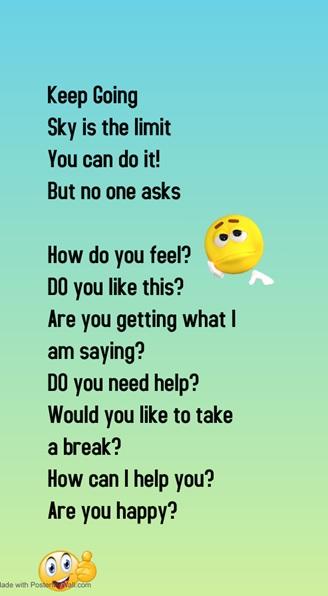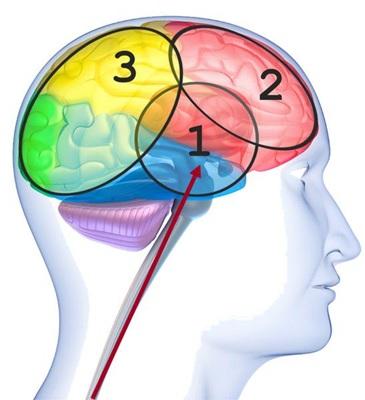
Motivation to Learn

At the centre of any education system is the student. It is therefore, essential that what a student feels, thinks and invests his energies in is well understood by the teaching community and the system. Our students do not feel motivated. Student Motivation Is Something NO ONE Talks About! Student motivation is something across every boundary: gender, racial, geographic, academic, and socioeconomic divide. Students are just not interested.We all know our education system is in turmoil. It’s disconnected from the real-world. Parents, teachers and the society’s attempt is to improve education with Science Technology English Math or Science Technology English Arts Math or, the latest is 21st century skills, thinking skills and so on. But no one is willing to acknowledge the root of the problem… We have a MOTIVATION CRISIS! Even students who ‘do well’ in the exams, score high marks are not motivated to learn. When students are asked what is it they wish to achieve by the end of the academic year, the straight answer is anything above 95% or an A1 grade. How to make students learn for the joy of learning. According to Priscilla Vail, author of Smart Kids with School Problems “Emotions are the ‘on/off’ switch to learning.” If students don’t care they don’t learn. How to motivate students, is the next question. Motivation happens when students can make their own choices. It happens when students understand the reason for learning new content. It happens when students can make connections to things they already know. It happens when students do not fear. It emerges when students have the space to make an effort and get feedback. A feedback that is task-centric and not person-centric In other words, motivation does not begin with the student. It begins with the environment where students learns, it begins with us the teachers. We are the ones who have to kindle that flame and keep it burning.
Motivation Is Biologically REQUIRED for Learning!
It is not right to expect students to artificially manufacture motivation. The day we stop doing that we will make unprecedented gains in education! We’re spending crores in reforms and implementation but we are ignoring human development. Our efforts will go futile. We have to understand the biology of learning. Once we make this connection then there is no looking back. Learning is a process. It is not separate pieces coming together. It is integrating the pieces logically so that students perceive the connection, they comprehend the meaning, they are able to see its value in real life, it is then that learning is complete. Look at the picture of the brain below. If you run your finger along the arrow the first point that you touch, the number 1 is the emotional centre of the brain. Any information that we receive first hits this centre. We can say this is the on/off switch of the brain. The moment brain perceives a “threat” of any kind, it immediately goes into “ALERT! DANGER!” mode. This mode pulls brain chemicals from other regions of the brain. Region 2 manages executive function skills. Region 3 manages learning. But when the emotional center is hoarding all the chemicals the other regions suffer.

When the brain perceives a threat of any kind ‘learning’ stops. All the power from the learning regions of the brain is transferred to the emotional region . It is like going back to the basics. We teachers have to understand this well. Emotions come first. Who could possibly think about learning theorems when the students is scared of the Maths teacher. It is a threat and all the mechanism gears up to attend to this problem. This centre is the most vulnerable part of the brain. “Mean words” spoken by a teacher threaten the students’ sense of belonging. “Belonging” is deeply important to our survival as a human, social species. Our education system has to take into account this core brain function; It is impossible to learn if the emotional region of the brain is not feeling “safe, happy, and content.” Our brains err on the side of caution and this is natural from the self-preservation point. Any sense of discomfort will put the brain in “ALERT! DANGER!” mode. So, if a student feels…
- their teacher doesn’t like them,
- uncomfortable around peers,
- upset over something at home,
- anxious about an upcoming test,
- sad, depressed, stressed for any reason,
- disengaged or bored,
…the emotional center of the brain will hoard all of the brain chemicals needed for learning. No amount of “reforms” will give us success if we do not embrace this critical aspect of brain function.Emotions truly are the on/off switch to learning!We find that the NEP has taken this aspect into consideration. “Art Integration” is a step in this direction. Any form of “art” is a boost to the “emotional centre”. Art will provide that much needed relief, a different perspective and engage students. As teachers we need to comprehend the “biology of learning” to ensure that our students learn and feel motivated to learn, that is important. The urge has to come from within only then it can be sustained. External motivation as we all know is short-lived.

